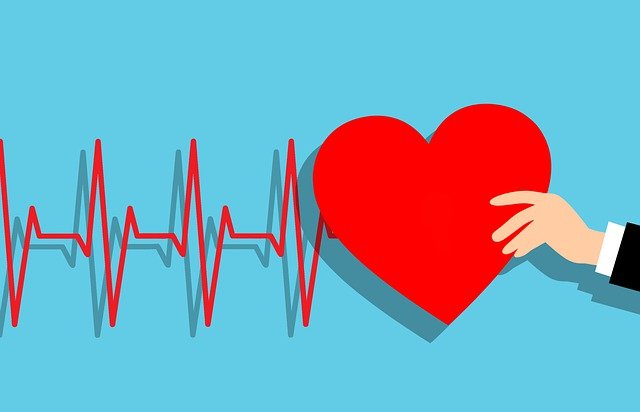Heart disease and related illness are the leading cause of death among men and women in America more than any other chronic illness. Being diagnosed with heart problems can cause adverse effects on your emotional well-being and alter your outlook, moods, and general quality of life.
While other factors like regular exercise and keeping a check on your body weight are important for a healthy heart, the diet plan we observe is also as important. If followed with other healthy lifestyle practices, a heart-healthy diet will reduce your risks of stroke or heart disease by up to 80%.
Let’s learn through this post the steps to prevent cardiovascular diseases through heart-healthy diets.
What is a “cardiac diet”?
This is the unofficial name for a heart-healthy diet which is a plan to eat more nutrient-rich foods like veggies, fish, poultry, fruits, and whole grains. It also means avoiding Trans fats, saturated fats, and excess sugar and sodium.
There is no food singled out to make you healthy magically, so it is essential to follow a dietary plan that is important for a healthy heart. Instead of fried, packaged meals, processed foods, and sugary snacks, a healthy diet is based on “real” and natural food taken fresh from the farm, water, or ground.
Whether you have been diagnosed with heart disease before, you are trying to improve your cardiovascular health, have high pressure, or have high cholesterol, following a cardiac diet can help you avoid cardiovascular diseases.
Steps that can help prevent cardiovascular diseases.
- Eat smaller portions.
The quantity of what you eat is equally important as the food itself. Overstuffing yourself with food can lead to eating a lot of calories than you should.
Follow these simple steps to control your portion sizes to keep your diet in check as well as your heart and general health.
- Use small bowls and plates to help control your meal portions.
- Eat a lot of nutrient-rich, low-calorie foods, like fruits and vegetables.
- Consume smaller amounts of high sodium, high-calorie foods, such as processed, refined, or fast foods.
- Select whole grains.
Whole grains are a great source of fiber and essential nutrients for regulating heart health and blood pressure. You can add the amount of whole grains in your diet by including substitution for processed grain products.
Also, you can become a little adventuresome and include new whole grains like whole-grain barley or quinoa.
- Eat a lot of fruits and vegetables.
Fruits and vegetables are known for being rich sources of vitamins and essential minerals. They are also rich in dietary fibers and low on calories.
Like plants or plant-based foods, vegetables and fruits contain minerals that can reduce the risks of developing cardiovascular diseases. Besides, eating these foods helps you reduce high-calorie foods like cheese, meat, or snacks.
Including fruits and vegetables in your diet is not a difficult task; ensure you keep the greens washed, cut, and stored in a refrigerator to allow for a quick snack. Keep the fruits in a bowl and place them on the table where you can never forget to eat them.
- Choose low-fat proteins.
Poultry, meat and fish, eggs, and low-fat dairy products are some of the best sources of low-fat proteins. Instead of fried chicken and whole milk, choose skinless chicken breast and skim milk, respectively.
Fish is the ideal option for high-fat meat. Some types of fish such as salmon, tuna, mackerel, herring, and sardines are a great source of omega-3 fatty acids, which reduces blood fats known as triglycerides.
Legumes such as peas, lentils, or beans are also good sources of low-fat proteins. They contain no cholesterol hence a good alternative for meat.
Conclusion.
Cardiovascular disease is the major cause of death in both men and women. This is because if left uncontrolled, this illness can cause severe complications, which can be fatal. Fortunately, there are steps that can be taken to prevent heart diseases.
Adopting a heart-healthy diet is a great way to reduce the risks of cardiovascular diseases. Observe “cardiac diet”-a plan that focuses on eating more whole grains, fruits, and vegetables, choosing low-fat protein sources, and taking them in moderate proportions.

